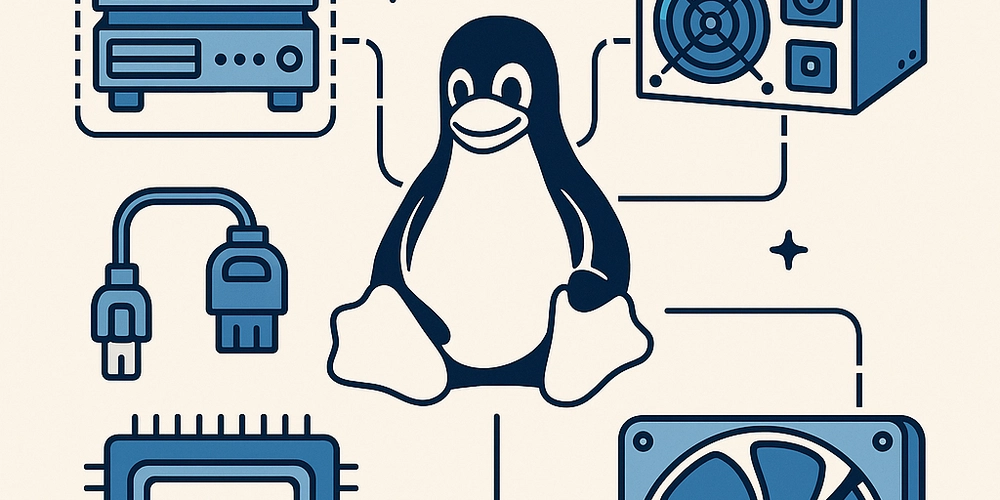How to Detect Continuous Mouse Button Hold in C++ with ncurses?
Detecting mouse events in a terminal interface using ncurses can initially seem challenging, especially when you want to execute a function continuously while a button is held down. In this article, we'll discuss how to leverage ncurses for mouse event handling in C++, specifically focusing on how to detect whether the left mouse button is held down and then call a function like foo() repeatedly until the button is released. Understanding Mouse Events with ncurses The ncurses library provides support for mouse events, which allows developers to create interactive console applications. When working with mouse events in ncurses, we mainly use the MEVENT structure to capture mouse input. As you mentioned, you can use event.bstate & BUTTON1_PRESSED to check when the left mouse button is pressed. However, this check only occurs once, during the initial press. To continuously monitor whether the mouse button is held down, you’ll need a loop that polls for mouse events and checks the state of the button on each iteration. Setting Up Your ncurses Environment Before we dive into the solution, ensure you've properly set up your ncurses environment. You should have the necessary headers included in your C++ file: #include #include #include To capture mouse events, enable mouse tracking with the following function in your main() function: mousemask(ALL_MOUSE_EVENTS | REPORT_MOUSE_POSITION, NULL); Implementing Continuous Mouse Button Detection To make sure that your foo() function is called while the left mouse button is held down, implement the following loop after checking the initial button press: MEVENT event; while (true) { int ch = getch(); if (ch == KEY_MOUSE) { if (getmouse(&event) == OK) { // Check if BUTTON1 is pressed if (event.bstate & BUTTON1_PRESSED) { // Call foo continuously while mouse is held foo(); // You might want to yield CPU here to avoid busy-waiting napms(100); // Sleep for 100 milliseconds for a smoother experience } } } } Explanation of the Code Loop Structure: We used a while (true) loop to continuously check for mouse input. Key Mouse Check: Inside the loop, getch() captures keyboard input. If KEY_MOUSE is pressed, it indicates a mouse event has occurred. Get Mouse Event: The getmouse(&event) function retrieves the mouse event. Continuous Function Call: If the left mouse button (BUTTON1_PRESSED) is checked, we call the foo() function repeatedly. CPU Yielding: The napms(100) function pauses the execution for 100 milliseconds, optimizing CPU usage and providing a smoother interaction. Complete Example Here is a complete example combining all the mentioned pieces: #include #include #include void foo() { // Place your function logic here printw("Function foo() called!\n"); refresh(); // Ensure the output is displayed } int main() { initscr(); // Start ncurses mode cbreak(); // Disable line buffering noecho(); // Don't echo user input mousemask(ALL_MOUSE_EVENTS | REPORT_MOUSE_POSITION, NULL); // Enable mouse events MEVENT event; while (true) { int ch = getch(); if (ch == KEY_MOUSE) { if (getmouse(&event) == OK) { if (event.bstate & BUTTON1_PRESSED) { foo(); napms(100); // Delay to prevent CPU overload } } } } endwin(); // End ncurses mode return 0; } Conclusion In this article, we explored how to detect when the left mouse button is held down using ncurses in C++. By utilizing a continuous polling loop, we can call the desired function repeatedly as long as the button remains pressed. This technique allows for responsive interactions in console applications, enhancing the user experience. Remember to experiment with the timing for calling foo() to find the right balance for your application needs. Frequently Asked Questions Can I also detect mouse movement while holding the button? Yes, you can detect mouse movements by checking other bits in the event.bstate or handling additional mouse events in the loop. Will this code work on a Windows terminal? The ncurses library is primarily designed for Unix-like systems. For Windows, consider using pdcurses or similar libraries that provide ncurses-like functionality. How can I ensure that my function does not overload the CPU? Using napms() or a similar function allows you to introduce a delay, making the loop more efficient and reducing CPU utilization. Adjust the sleep duration based on your application’s requirements.
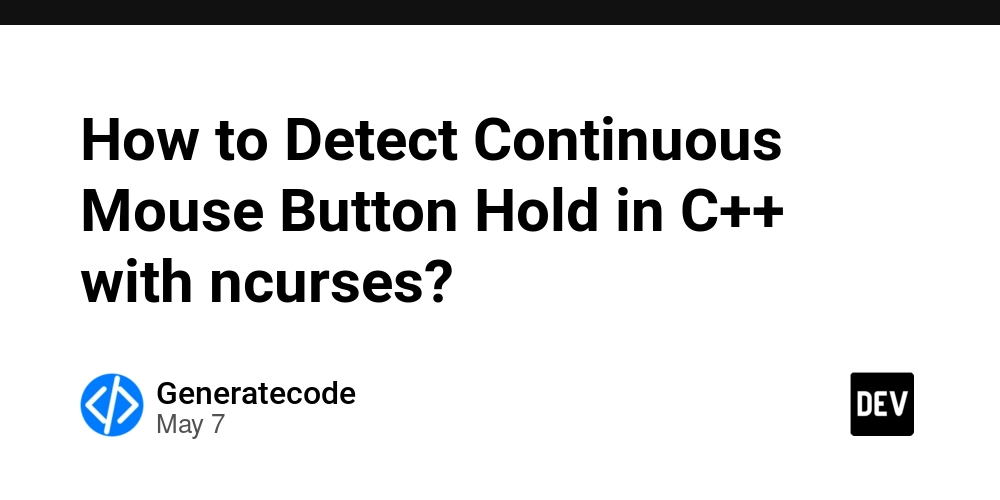
Detecting mouse events in a terminal interface using ncurses can initially seem challenging, especially when you want to execute a function continuously while a button is held down. In this article, we'll discuss how to leverage ncurses for mouse event handling in C++, specifically focusing on how to detect whether the left mouse button is held down and then call a function like foo() repeatedly until the button is released.
Understanding Mouse Events with ncurses
The ncurses library provides support for mouse events, which allows developers to create interactive console applications. When working with mouse events in ncurses, we mainly use the MEVENT structure to capture mouse input. As you mentioned, you can use event.bstate & BUTTON1_PRESSED to check when the left mouse button is pressed. However, this check only occurs once, during the initial press.
To continuously monitor whether the mouse button is held down, you’ll need a loop that polls for mouse events and checks the state of the button on each iteration.
Setting Up Your ncurses Environment
Before we dive into the solution, ensure you've properly set up your ncurses environment. You should have the necessary headers included in your C++ file:
#include
#include
#include
To capture mouse events, enable mouse tracking with the following function in your main() function:
mousemask(ALL_MOUSE_EVENTS | REPORT_MOUSE_POSITION, NULL);
Implementing Continuous Mouse Button Detection
To make sure that your foo() function is called while the left mouse button is held down, implement the following loop after checking the initial button press:
MEVENT event;
while (true) {
int ch = getch();
if (ch == KEY_MOUSE) {
if (getmouse(&event) == OK) {
// Check if BUTTON1 is pressed
if (event.bstate & BUTTON1_PRESSED) {
// Call foo continuously while mouse is held
foo();
// You might want to yield CPU here to avoid busy-waiting
napms(100); // Sleep for 100 milliseconds for a smoother experience
}
}
}
}
Explanation of the Code
-
Loop Structure: We used a
while (true)loop to continuously check for mouse input. -
Key Mouse Check: Inside the loop,
getch()captures keyboard input. IfKEY_MOUSEis pressed, it indicates a mouse event has occurred. -
Get Mouse Event: The
getmouse(&event)function retrieves the mouse event. -
Continuous Function Call: If the left mouse button (
BUTTON1_PRESSED) is checked, we call thefoo()function repeatedly. -
CPU Yielding: The
napms(100)function pauses the execution for 100 milliseconds, optimizing CPU usage and providing a smoother interaction.
Complete Example
Here is a complete example combining all the mentioned pieces:
#include
#include
#include
void foo() {
// Place your function logic here
printw("Function foo() called!\n");
refresh(); // Ensure the output is displayed
}
int main() {
initscr(); // Start ncurses mode
cbreak(); // Disable line buffering
noecho(); // Don't echo user input
mousemask(ALL_MOUSE_EVENTS | REPORT_MOUSE_POSITION, NULL); // Enable mouse events
MEVENT event;
while (true) {
int ch = getch();
if (ch == KEY_MOUSE) {
if (getmouse(&event) == OK) {
if (event.bstate & BUTTON1_PRESSED) {
foo();
napms(100); // Delay to prevent CPU overload
}
}
}
}
endwin(); // End ncurses mode
return 0;
}
Conclusion
In this article, we explored how to detect when the left mouse button is held down using ncurses in C++. By utilizing a continuous polling loop, we can call the desired function repeatedly as long as the button remains pressed. This technique allows for responsive interactions in console applications, enhancing the user experience. Remember to experiment with the timing for calling foo() to find the right balance for your application needs.
Frequently Asked Questions
Can I also detect mouse movement while holding the button?
Yes, you can detect mouse movements by checking other bits in the event.bstate or handling additional mouse events in the loop.
Will this code work on a Windows terminal?
The ncurses library is primarily designed for Unix-like systems. For Windows, consider using pdcurses or similar libraries that provide ncurses-like functionality.
How can I ensure that my function does not overload the CPU?
Using napms() or a similar function allows you to introduce a delay, making the loop more efficient and reducing CPU utilization. Adjust the sleep duration based on your application’s requirements.










































































































































































![[The AI Show Episode 146]: Rise of “AI-First” Companies, AI Job Disruption, GPT-4o Update Gets Rolled Back, How Big Consulting Firms Use AI, and Meta AI App](https://www.marketingaiinstitute.com/hubfs/ep%20146%20cover.png)













































































































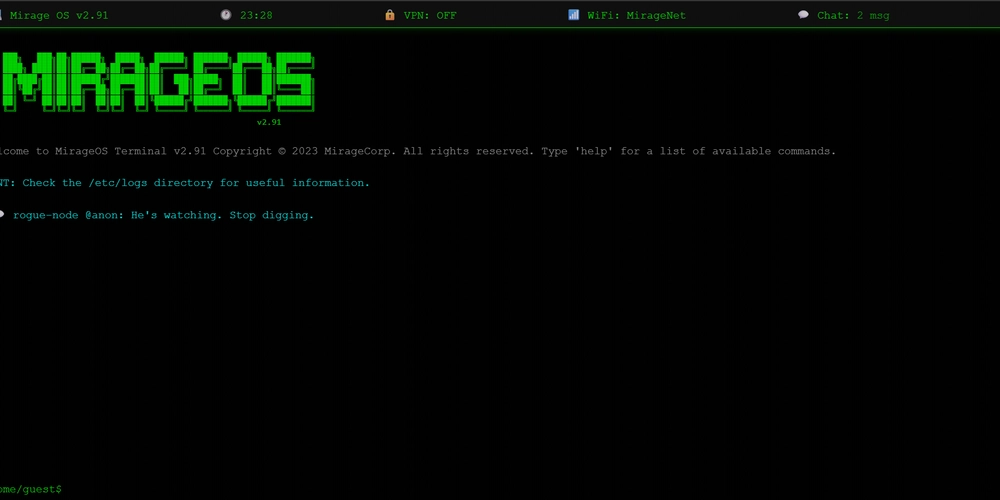
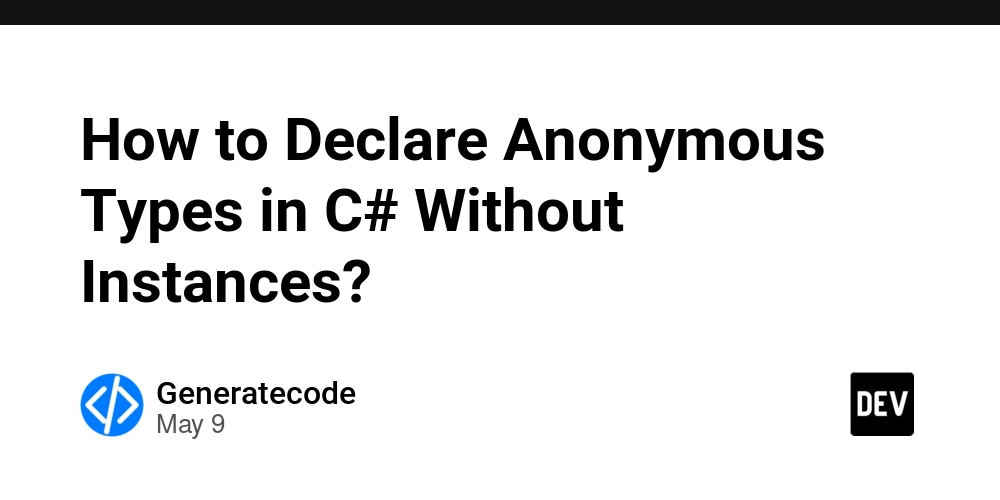















![Life in Startup Pivot Hell with Ex-Microsoft Lonewolf Engineer Sam Crombie [Podcast #171]](https://cdn.hashnode.com/res/hashnode/image/upload/v1746753508177/0cd57f66-fdb0-4972-b285-1443a7db39fc.png?#)














































![Fortnite's Item Shop Looks Very Different Right Now; It's Empty [Update]](https://www.gamespot.com/a/uploads/screen_medium/1632/16320660/4491278-4482869-fortnitegalacticempire.jpg?#)

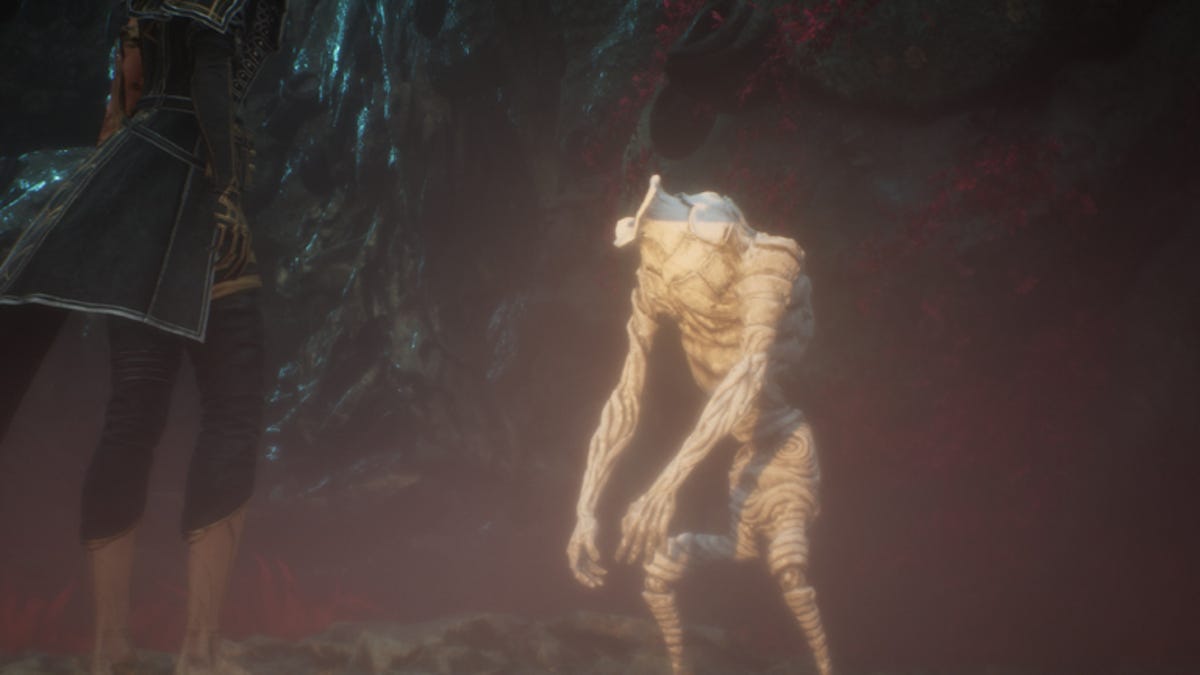













.jpg?width=1920&height=1920&fit=bounds&quality=70&format=jpg&auto=webp#)
















































-Nintendo-Switch-2-Hands-On-Preview-Mario-Kart-World-Impressions-&-More!-00-10-30.png?width=1920&height=1920&fit=bounds&quality=70&format=jpg&auto=webp#)





























_Andrey_Khokhlov_Alamy.jpg?width=1280&auto=webp&quality=80&disable=upscale#)














































































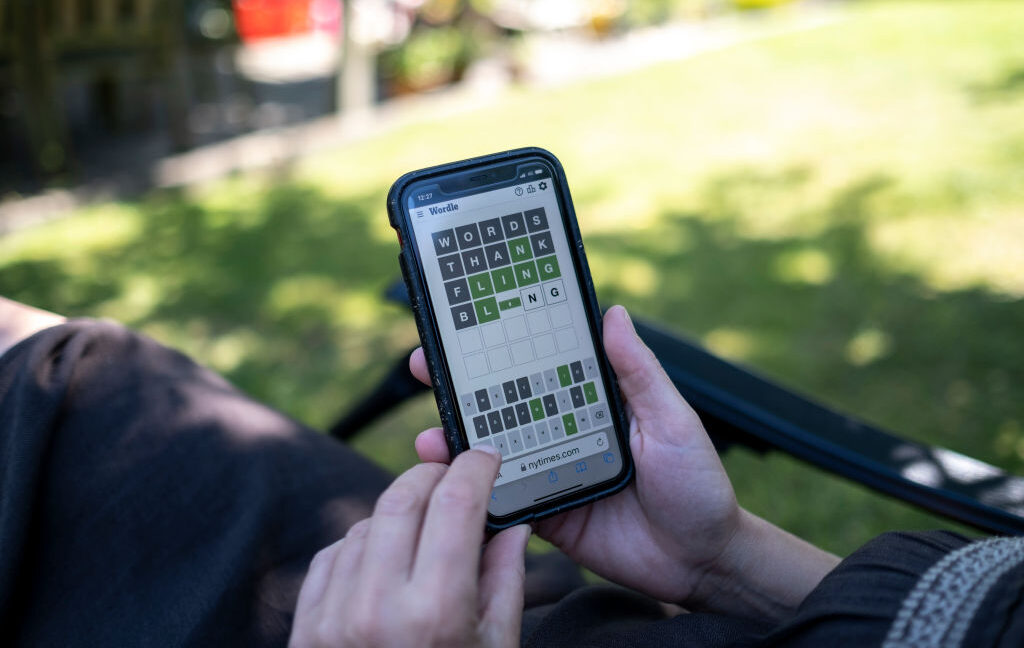



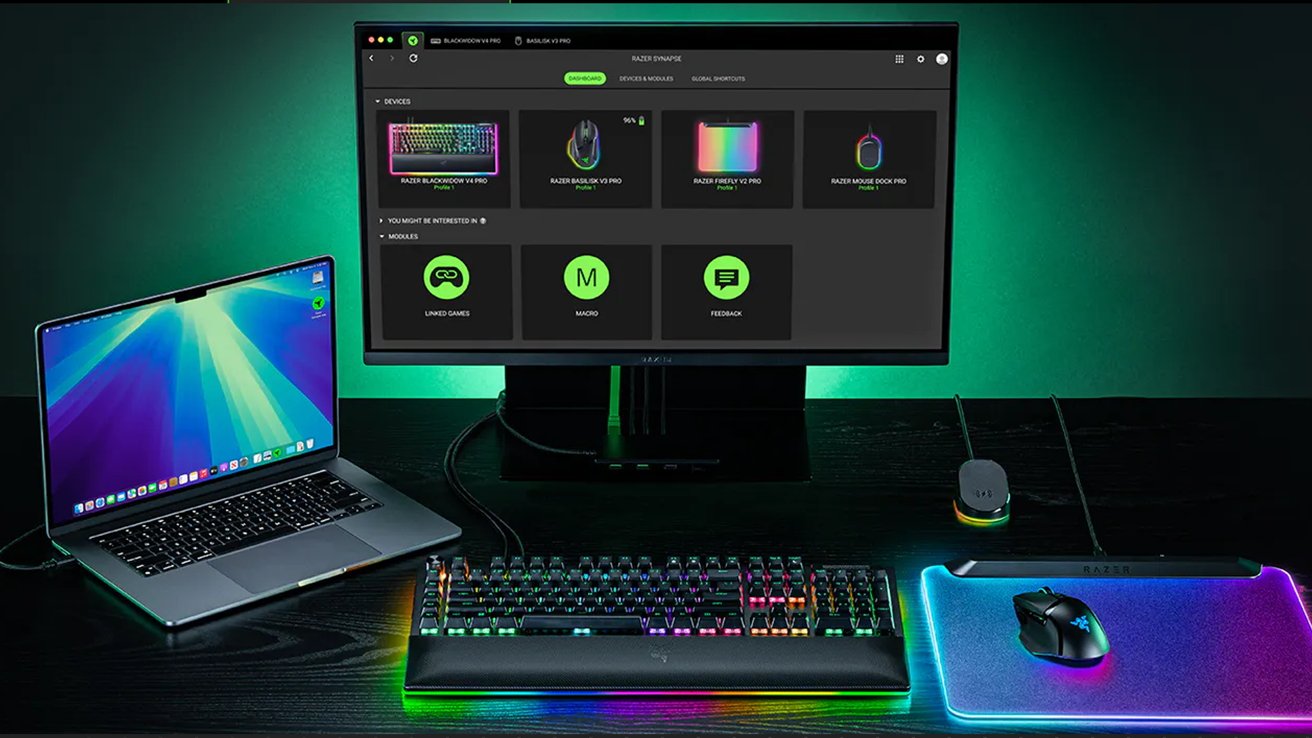
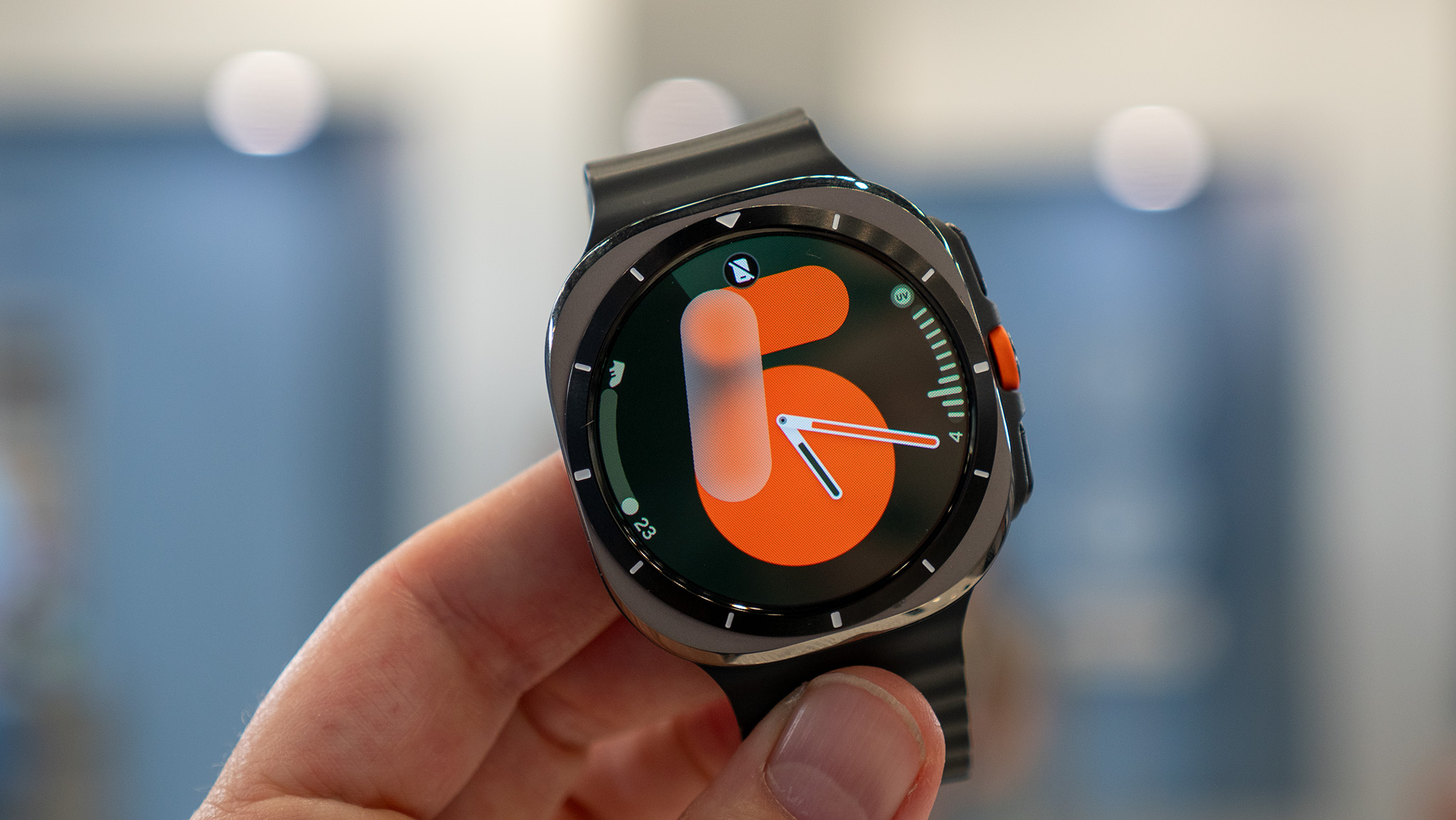

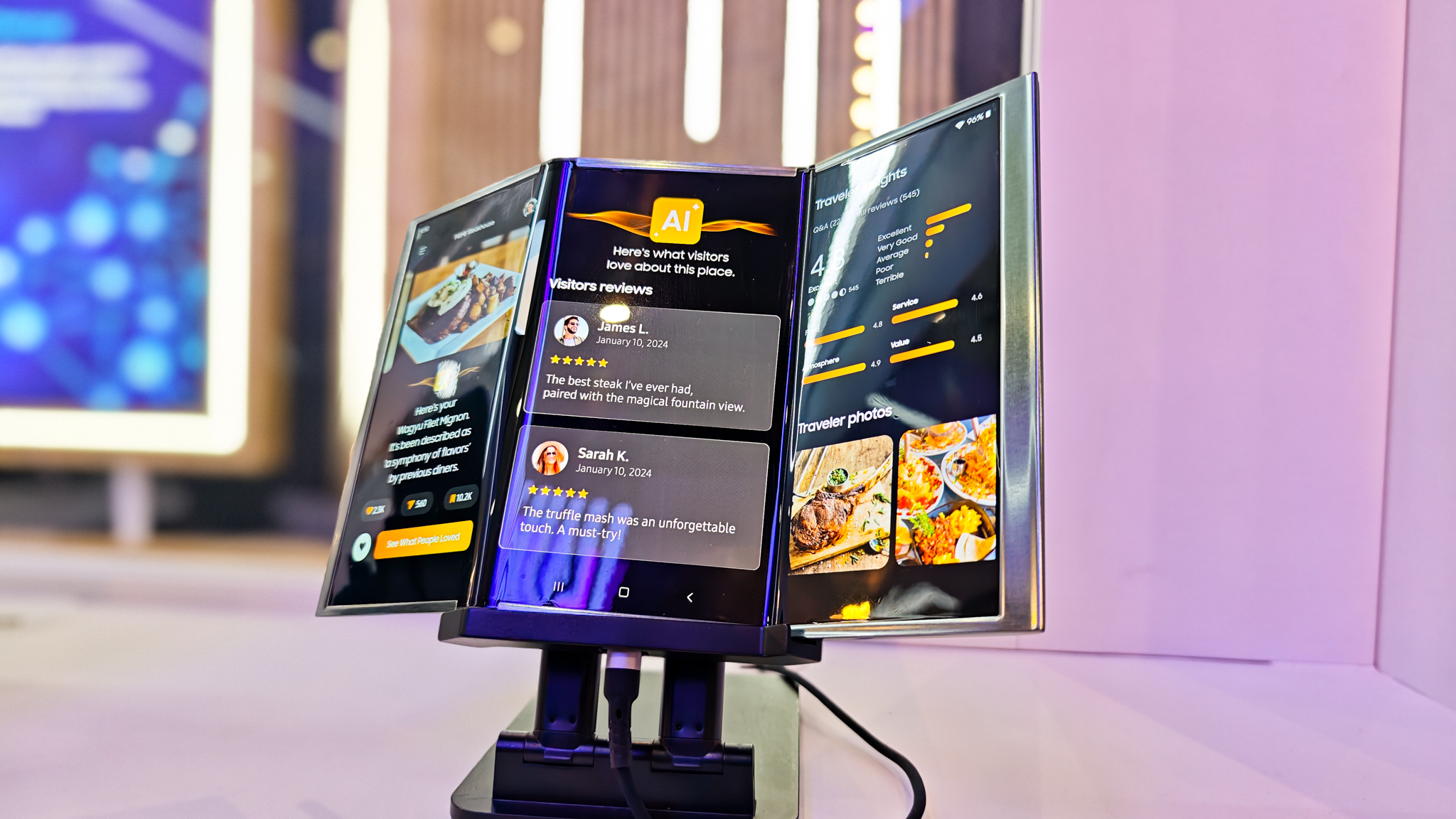
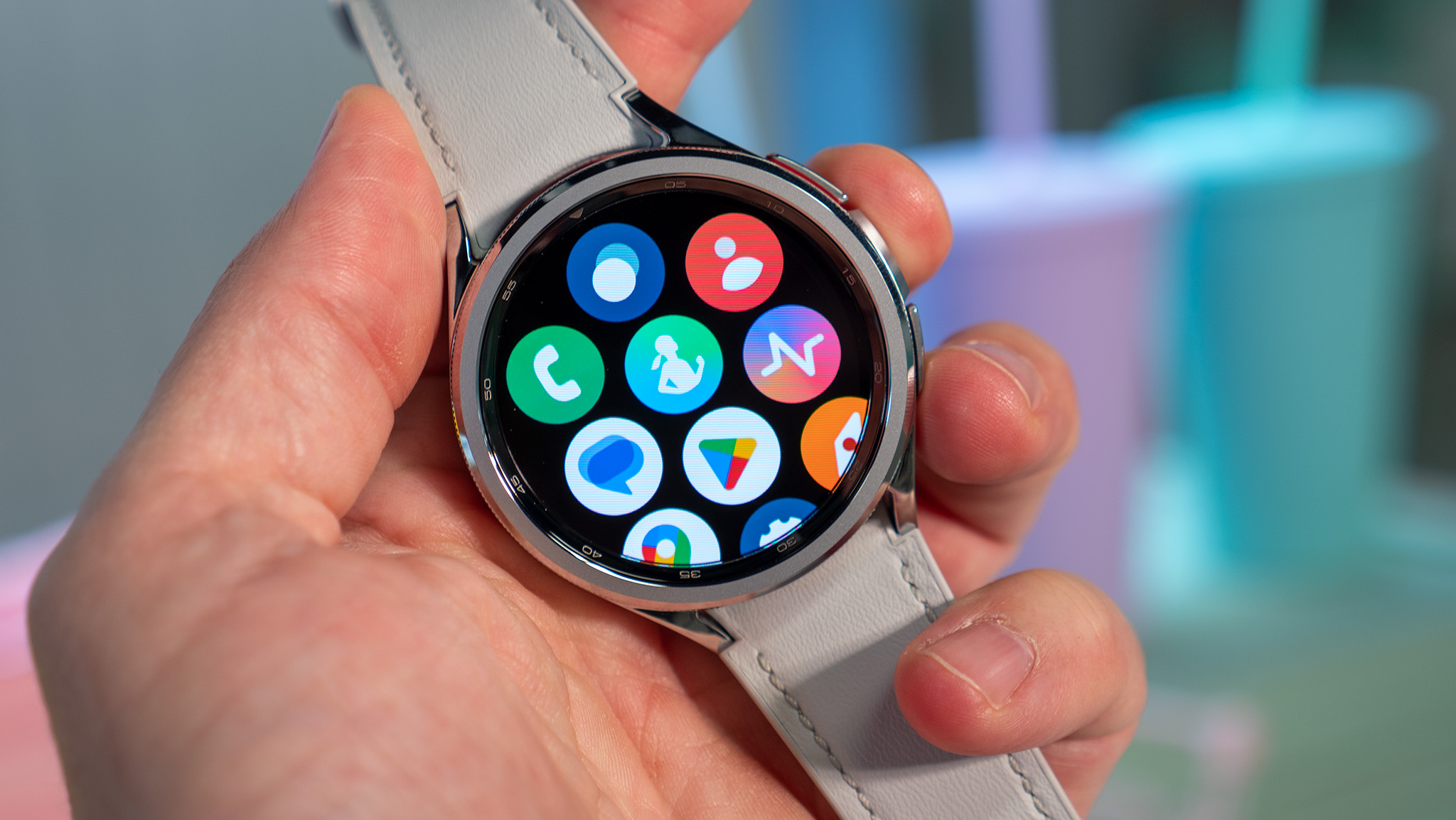
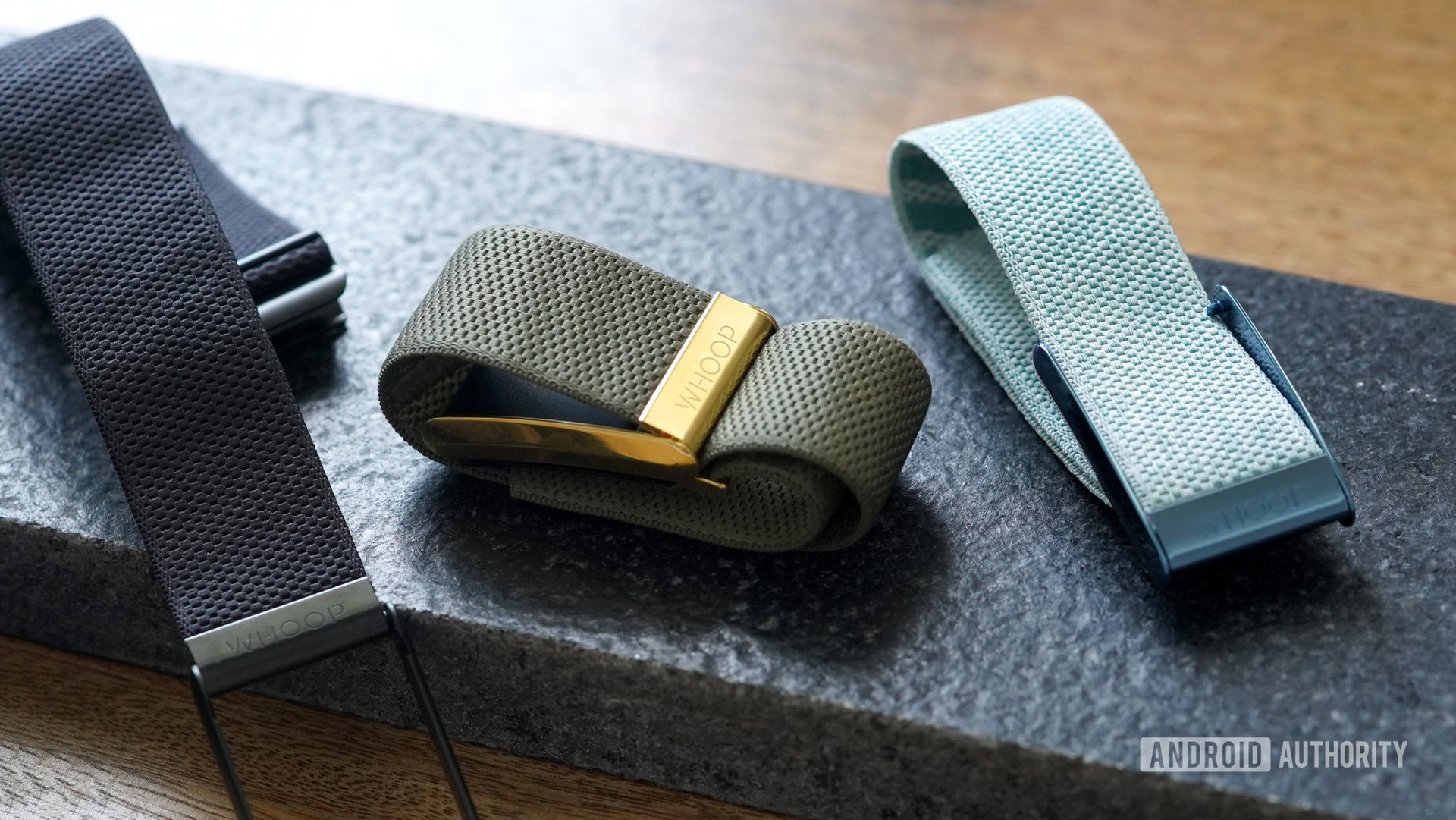
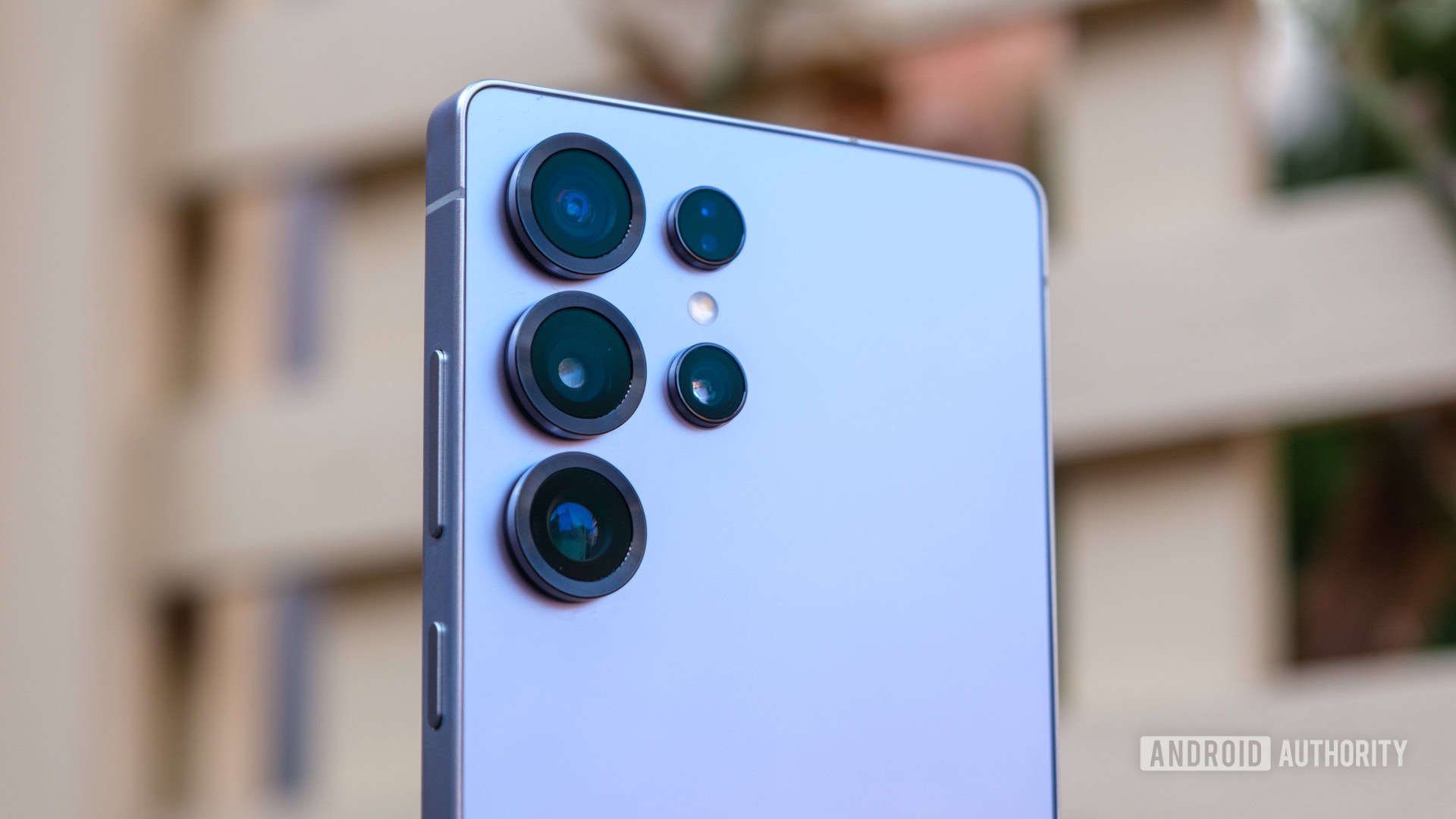
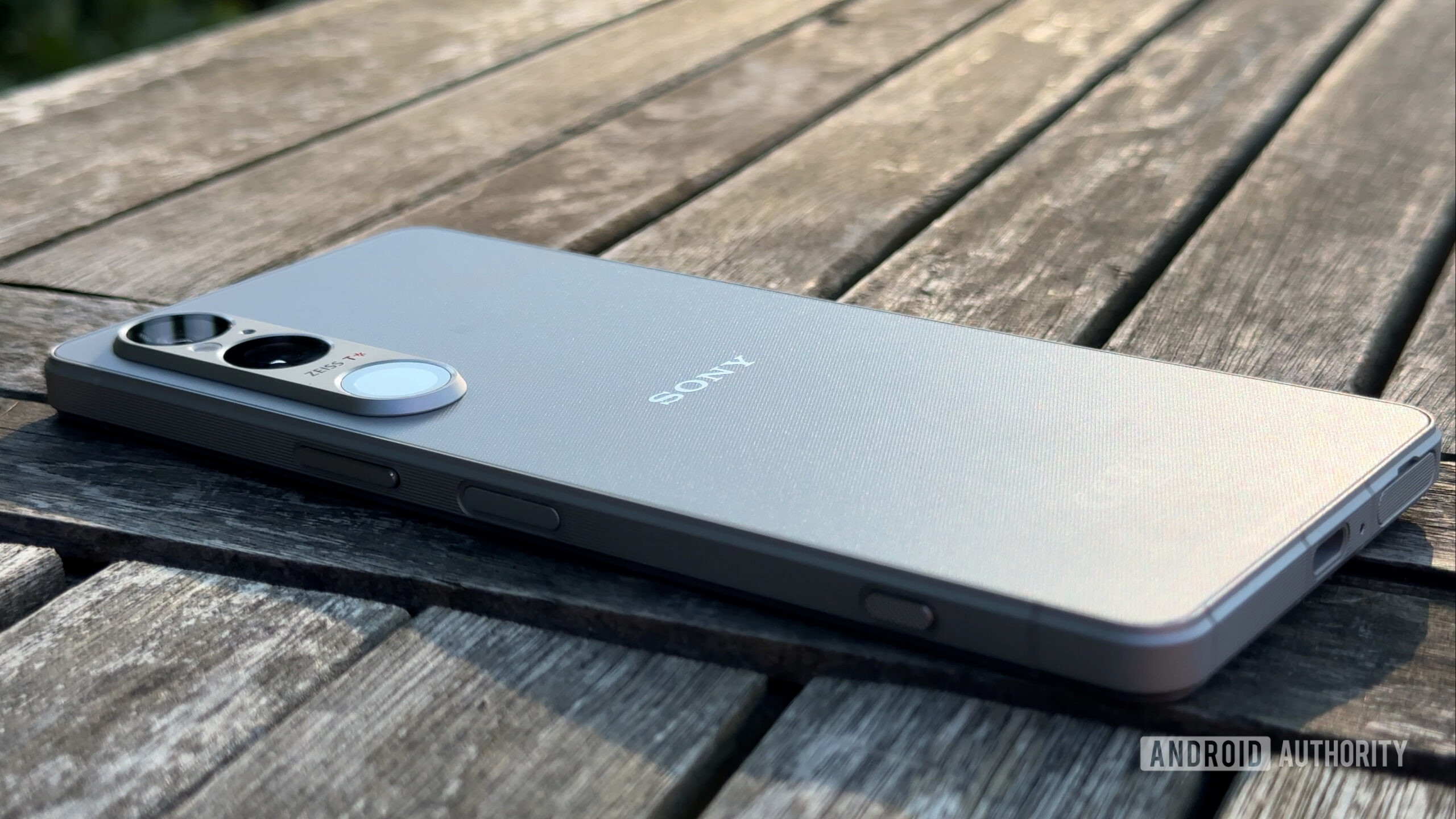
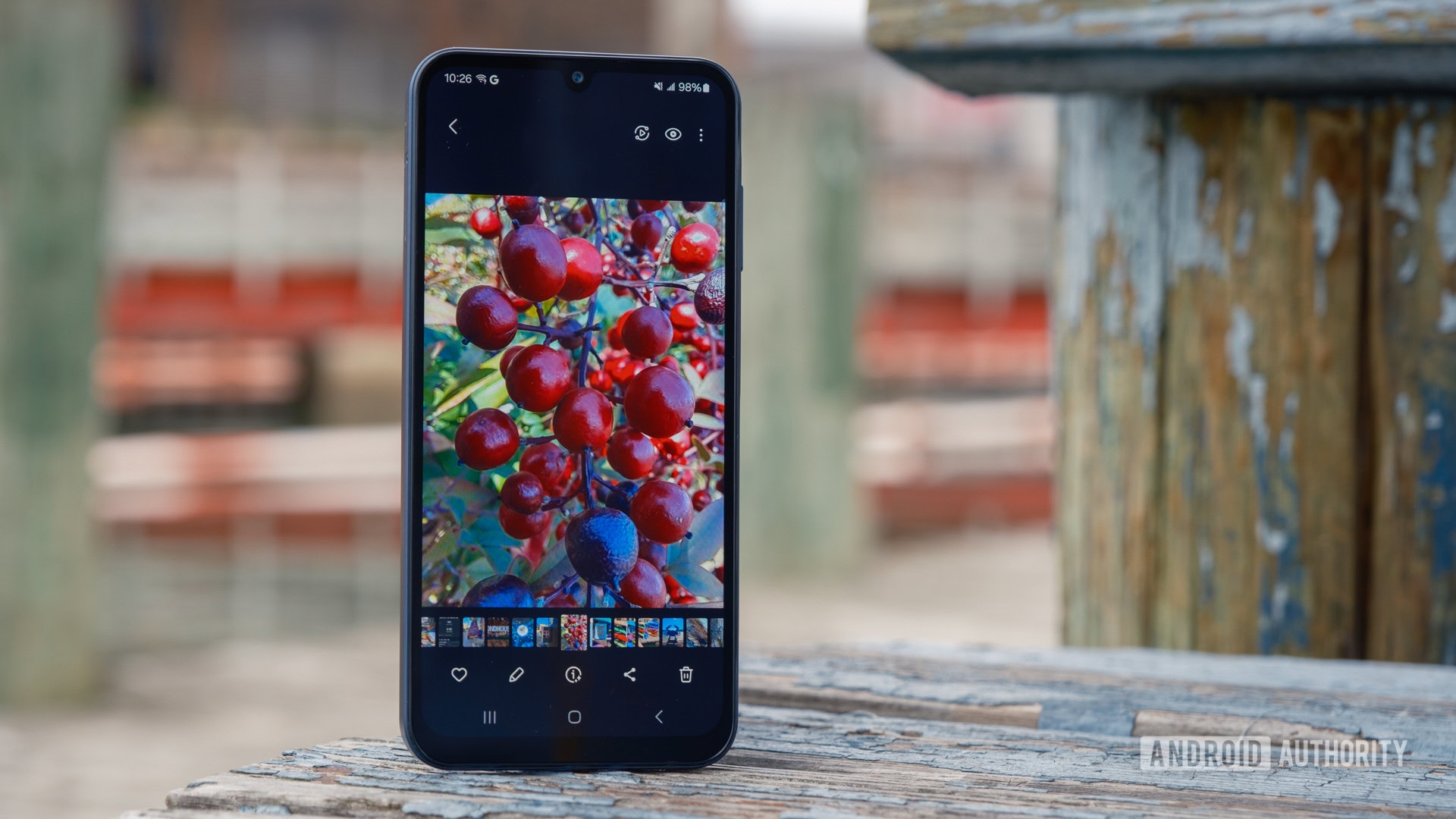















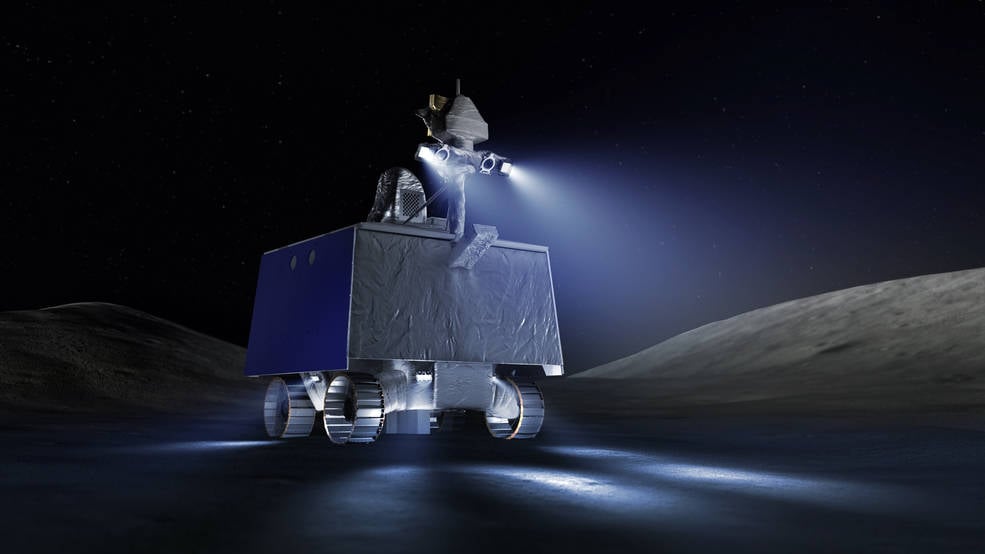
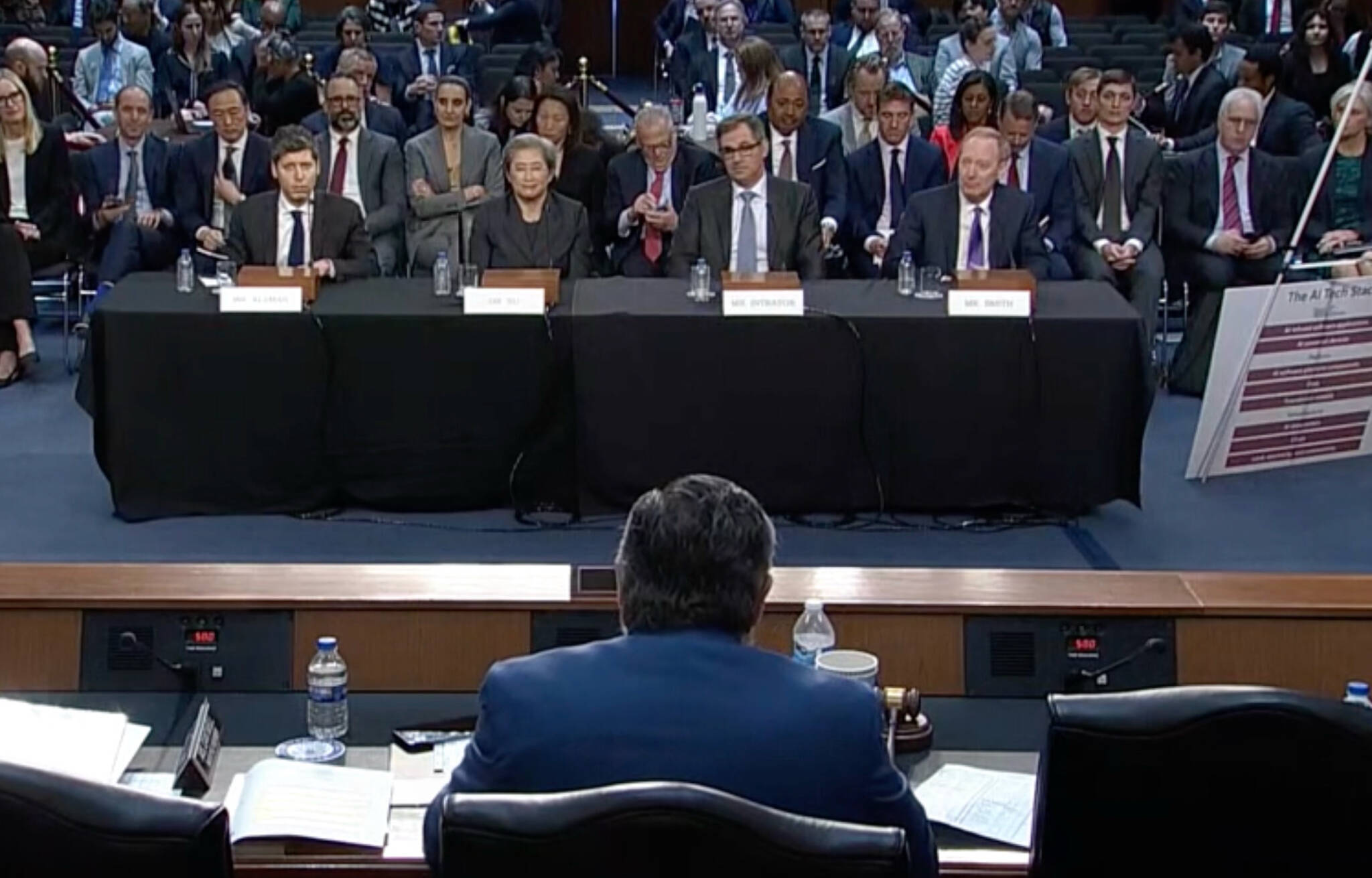
![New iPad 11 (A16) On Sale for Just $277.78! [Lowest Price Ever]](https://www.iclarified.com/images/news/97273/97273/97273-640.jpg)

![Apple Foldable iPhone to Feature New Display Tech, 19% Thinner Panel [Rumor]](https://www.iclarified.com/images/news/97271/97271/97271-640.jpg)
![Apple Developing New Chips for Smart Glasses, Macs, AI Servers [Report]](https://www.iclarified.com/images/news/97269/97269/97269-640.jpg)










































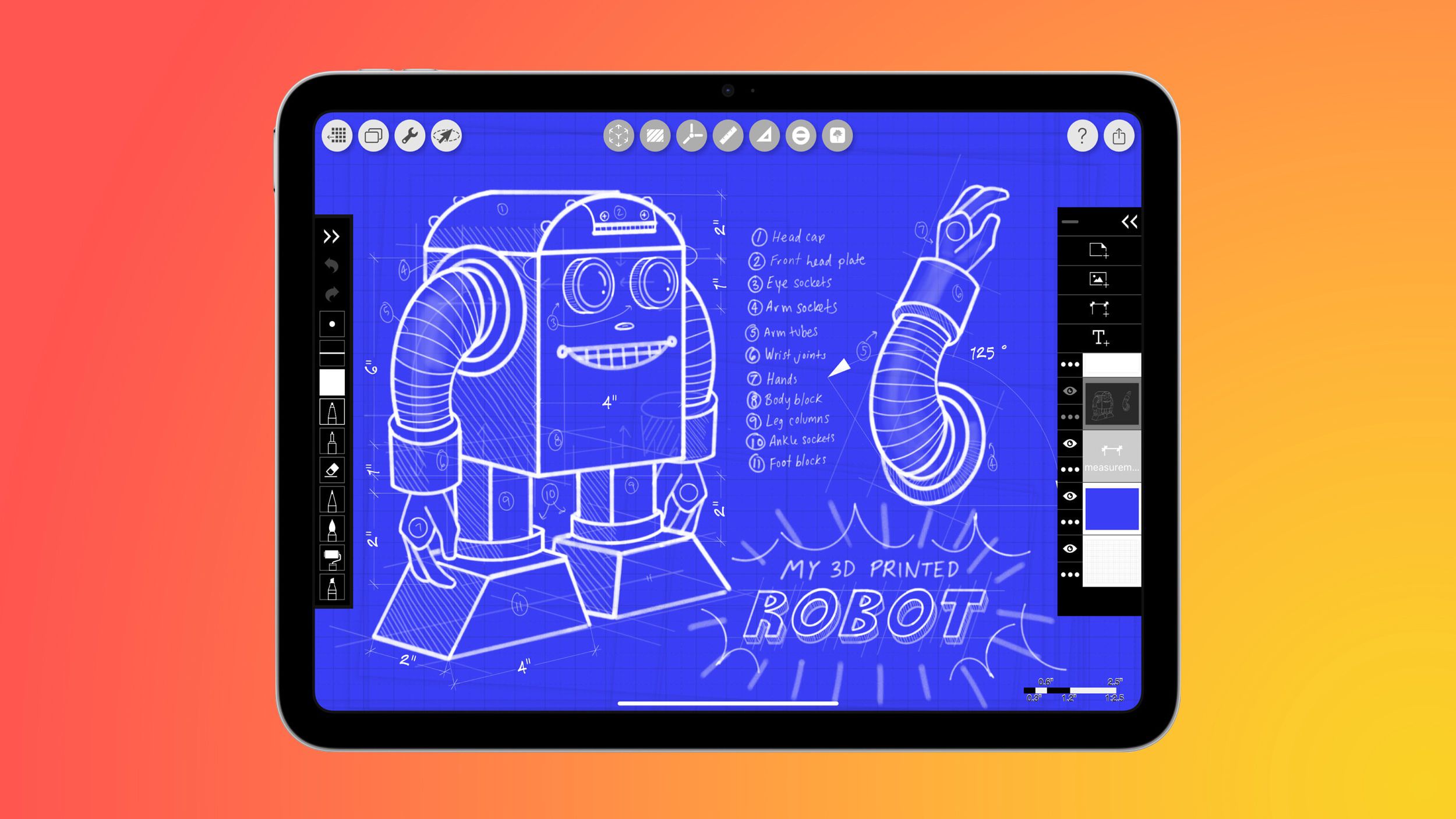




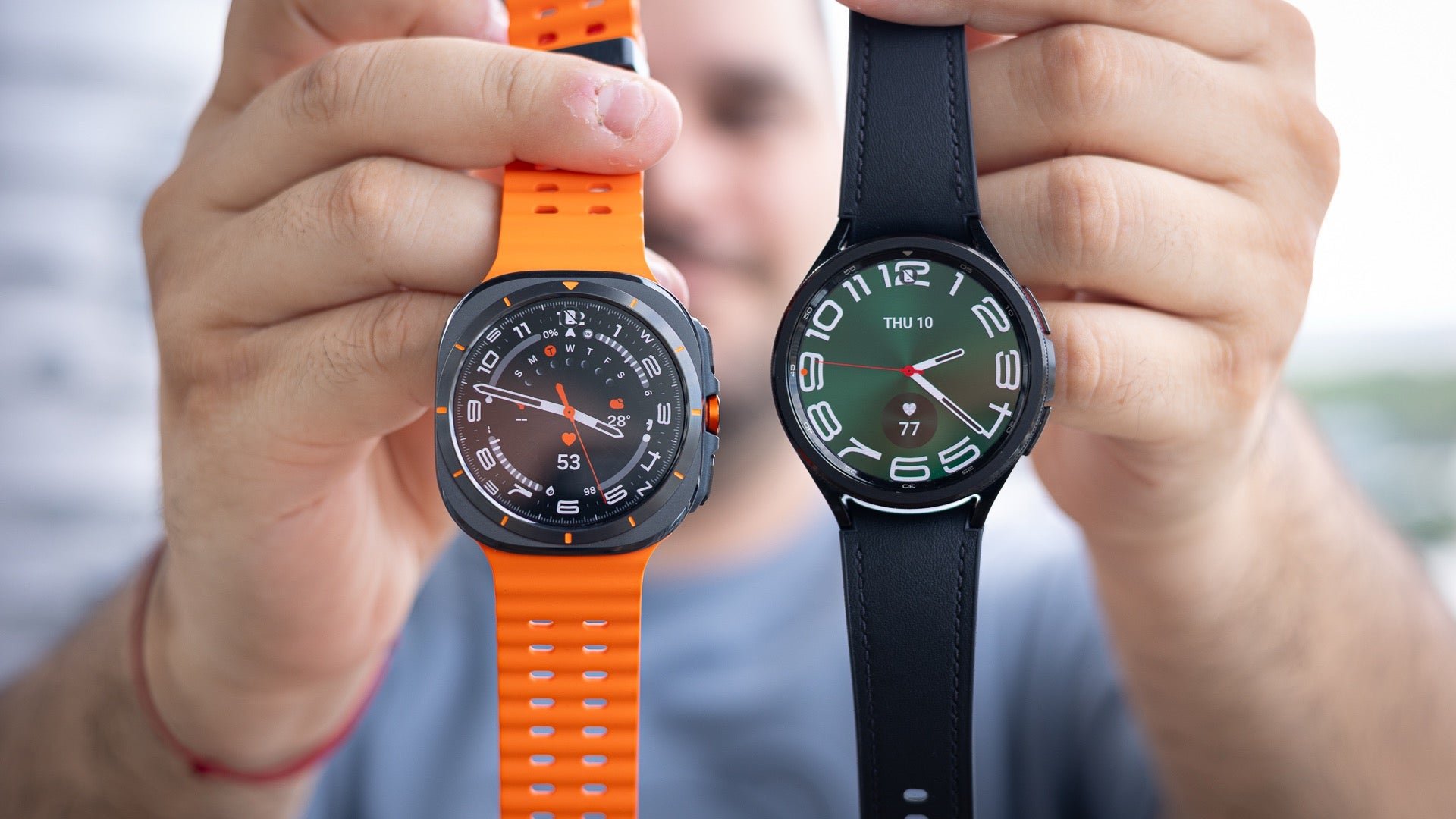
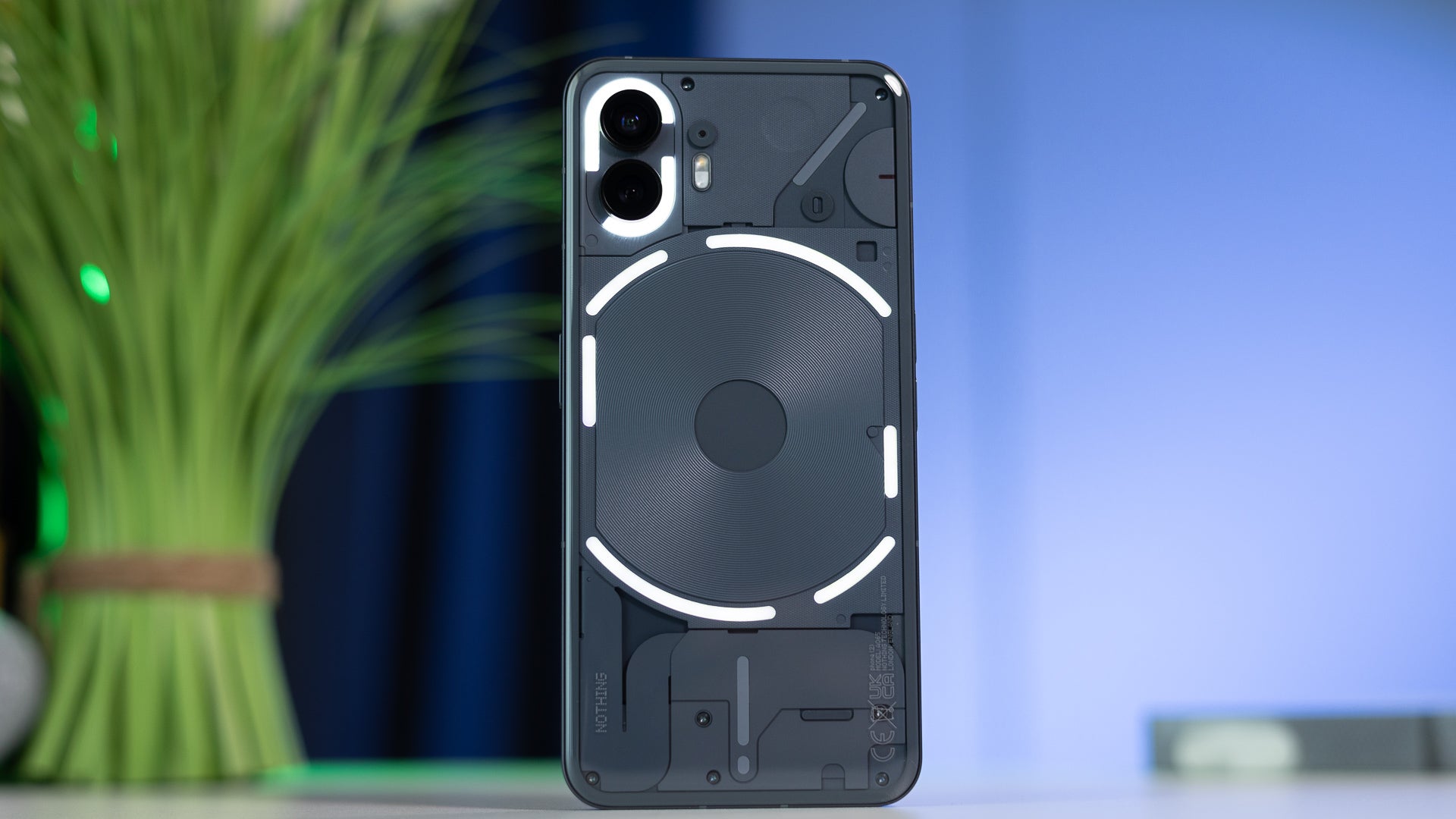






















![[Weekly funding roundup May 3-9] VC inflow into Indian startups touches new high](https://images.yourstory.com/cs/2/220356402d6d11e9aa979329348d4c3e/WeeklyFundingRoundupNewLogo1-1739546168054.jpg)

























